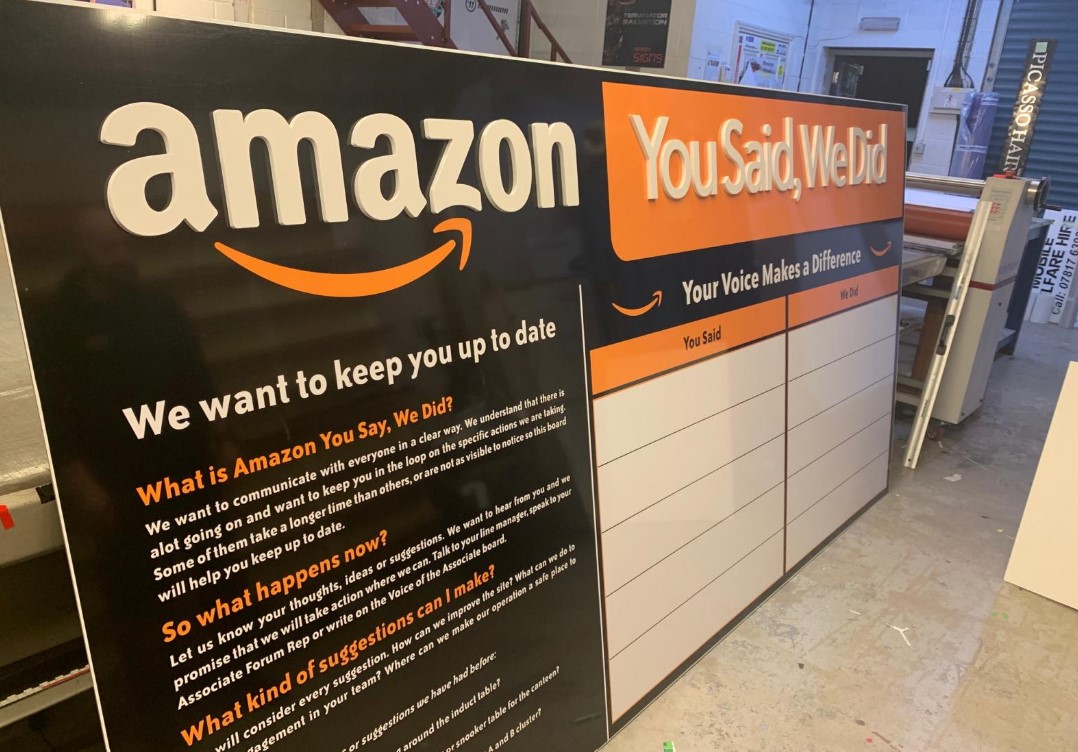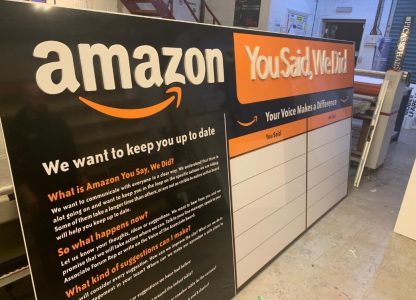Part 1 established just how complex employee engagement is. Effective leadership, particular that of your direct line manager, opportunities for growth and development, a sense of purpose and value. Points reiterated in the 2013 Harvard Business Review Analytic Services global survey, with communication a key component in at least the top 5 of 8 most impactful drivers of employee engagement. (Interestingly, I only wrote about BLUF emails last week.)
Then, post script. Prof Rob Briner signposted his work from 2016. He asks us to take a more balanced, deeper, “more critical” and “more evidence-based approach” to how we think about and use engagement in organisations.
Time and time again, communication is cited as a critical component, along side feedback – or “two-way” communication. “The Impact of Employee Engagement on Business Performance: A Literature Review” by Muresan and Gabor (2016) highlights the role of communication and feedback mechanisms in promoting employee engagement, influencing various aspects of business performance, including higher levels of productivity, improved customer service, reduced absenteeism, and lower turnover rates, is underscored. In “Employee Engagement: The Key to Improving Performance,” Wood (2017) specifically highlights “active listening” and “responsiveness to employee feedback” as critical components of fostering engagement. Lastly, “The Role of Employee Voice in Fostering Work Engagement: A Multilevel Psychological Process” Shirom and Tetrick (2014) delve into employee voice (including feedback mechanisms) and suggests that organisations can enhance engagement by encouraging open communication and responsiveness to employee input.
As you already know, “push” or one-way communications, where information flows solely from management to employees, is essential for disseminating information. However, “two-way” communication, which involves active listening and feedback loops, is crucial for building trust, promoting collaboration and enhancing employee engagement. Two-communication is just one part of employee engagement and perhaps better described as an enabler of employee engagement as opposed to be a direct cause. And with the rise of hybrid working model, the need for organisations to consider employee engagement, to maintain connection and motivation, remains as important as ever.
There are various two-way communication approaches, most commonly stakeholder surveys, but also focus groups, consultative committees, suggestion boxes, open-door policies – and the “You said, we did,” approach.
You said, we did.
Briefly, the “You said, we did” is a very popular approach that involves organisations gathering feedback from stakeholders and then implementing specific actions based on that feedback. This approach aims to demonstrate responsiveness, build trust, and encourage ongoing engagement by showing stakeholders that their input is valued and results in tangible changes. The NHS has published their “You said, we did,” summarises on patient consultation, open to public scrutiny here. As with all communication, it is relatively simple to describe and hard to get right.
Remember, just because your drive to adopt this “You said, we did” approach is well intentioned (with the aim of demonstrating responsiveness, building trust and encourage engagement,) it does not underwrite a warm reception from all employees. Good intentions are not without their pitfalls, potholes and unintended consequences. Our role, as the People Professionals, is to design and land the two-communication, confirm what is heard, and then actively listen, feedback and respond, to what we learn.
Hence, such two-communication approaches require significant forethought, design and management. More often than not, effective one-way communication is essential to framing, landing and confirming the “You said, we did,” approach – before you embark on the two-way phase. A completed cycle can take considerable investment, effort and time.
Framing “You said, we did.”
What change are we hoping to realise as a result of this approach? Are we organisationally strong enough to seek and respond to honest feedback? What is the budget for the “we did,” response? What is the staff time cost of this approach? What time frame are we working to – 3 monthly, 6 monthly, annually? When you ask for feedback will most definitely impact on response rates and what information is returned. Of course, with each subsequent cycle, you will gain additional monitoring insights.
At the very least, you need to outline the “WIIFM.” What is in it for me? What is in it for the employee to engage? What information will be collected? How it will reviewed? By who? By when? What feedback will get progressed? What happens next? How might employee comments be used?
With all this in mind – here are a few points, or grease on the wheels to promote adoption and a few pitfalls, potholes and untended consequences to be aware of.
| Grease on the wheels | Pitfalls and potholes and unintended consequences |
| Outline how “You said, we did,” aligns with our organisational goals Less is more (to start with – build confidence in the process) Make engagement as simple and possible – offer more than one returns route Assign time for employee to engage or respond – show you value the process and their opinion How accessible or visible are the summaries? Make visible the actions “in progress” and those completed Easter eggs – hide prizes within the process. | Taking too long to respond Over-promising what might be addressed can damage trust and credibility Only reporting on those issues identified and forward (report which issues was not taken forward and potentially why) Ignoring or downplaying negative feedback (be humble – you asked for feedback after all). Tokenistic or superficial actions leave your organisation, the approach, open to cynicism Do you hear from all voices? Communication fatigue – 1-2 cycles per annum is more than enough |
“You said, we did,” is more complex than one might at first think
After strategically assessing your organisational readiness to seek feedback and respond, what might the process look like?
Insights and Feedback Collection:
- Gather insights and feedback (ideas as well as feedback) from employees through various channels such as surveys, – there are other collection channels, suggestion boxes, focus groups and one-to-one meetings.
- Ensure the response process is accessible to all employees.
Review and Analysis:
- Acknowledge the closing date (optional, sharing an initial summary, scope of returns, return rate)
- Identify recurring themes, trends, and areas for improvement.
- Are you hearing about the symptoms? Are you getting to the root cause?
- Categorise feedback into different topics or departments to streamline the analysis process.
Prioritise feedback based on its relevance, impact on employee engagement, and alignment with organisational goals.
Action Planning:
- Develop an action plan based on the analysed feedback, outlining specific steps to address each identified issue or suggestion.
- Assign responsibilities to individuals or teams for implementing the action plan.
- Budget and time cost?
- Set clear timelines and measurable objectives for each action to track progress effectively.
Communication:
- Communicate the findings and the proposed action plan to all employees.
- Display the action plan and present those actions “in progress” and those completed
- Emphasise the organisation’s commitment to addressing employee feedback and improving the work environment.
- Encourage open dialogue and invite additional input or suggestions from employees.
Implementation:
- Execute the action plan according to the defined timelines and objectives.
- Are you going to make the action plan visible? Where?
- Provide necessary resources, support, and training to employees involved in implementing the planned actions.
- Monitor the progress of implementation and address any obstacles or challenges that arise.
- Use “in progress,” or “milestone statements,” to show action is being taken? After all, some responses take longer than others.
Feedback Loop:
- Continuously collect feedback on the implemented changes to assess their effectiveness and identify any new issues or concerns.
- Regularly communicate updates to employees regarding the status of implemented actions and their impact on the organisation.
- Adjust the action plan as needed based on ongoing feedback and organisational priorities.
Recognition and Celebration:
- Recognise and celebrate successes and achievements resulting from the “you said, we did” initiatives.
- Acknowledge the contributions of employees who provided feedback and participated in the improvement process.
- Reinforce the importance of employee engagement and feedback in driving positive change within the organisation.
Effective communication is complex. “You said, we did,” is not a simple or affordable approach.
Remember the importance of strategic forethought. The importance of designing, landing, confirming what is understood by employees, before moving to your “|You said, we did,” approach. Most importantly, if you ask for feedback, actively listen and take action. And, I plan to take a more balanced, deeper, “more critical” and “more evidence-based approach” to how we think about and use engagement in organisations.



